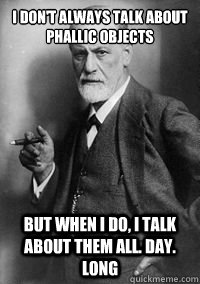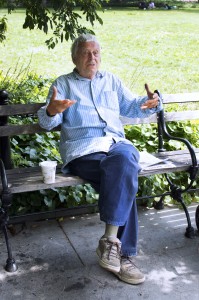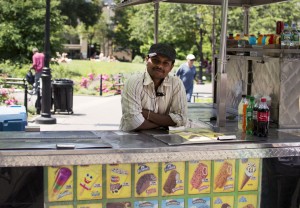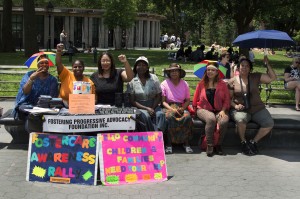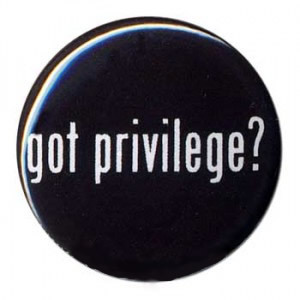Thirty friendship bracelets, 1,489 pictures, and oodles of city blocks later I’ve been trying to unpack all that I have learned this summer. Moxie made me experience an American culture shock other than I had ever seen before. Culture shocks on Moxie come out of nowhere, but can sometimes hit you in more profound ways than any foreign country potentially could. Recently I have been thinking about how any non-profit can conduct any ethical service work abroad, and how the feminist movement can become transnational.
There is this great scene in Up! that really sums up how I feel about the “white savior complex”. Although a little white boy scout, little Russel basically assumes that Carl needs help because he is old. In kind of the same way, any first-world country/non-profit/individual will come in making assumptions about the needs/poverty/barbarity of a third-world country.
After I saw little Russel engage in some age-old ageism I really wondered what ethical service actually looks like in practice. If a community does not want your help, how can one feel comfortable trying to provide service there regardless of its outcome? The same thing holds true when a community does not see what adverse effects your service can have for their economy, culture, and autonomy.
The most important thing overlooked by most of non-profit organizations abroad is very simply LISTENING to the voices of a community. And NO, I do NOT mean selectively listening, and using or co-opting the voices of victims of oppression or poverty for your own personal agenda. Giving women of color abroad our mangled western version of a white woman’s “freedom” is downright a form of modern imperialism, and completely culturally insensitive (this article really sums it up).
Going beyond listening means meeting people where they are at. Hearing children’s stories all summer in particular really prepared me for this, whether for a conversation about feminism or thinking about any future service work abroad. Children come in to the children’s room, and we basically assess their mental state right off the bat. We look to see what type of art activities would potentially overwhelm them, and take out toys that are not only age appropriate but also based on their presented state. Some children can handle more freedom, and others shut down when presented with too many media because of their age, trauma, or other factors.
This summer experience of working with survivors and children allowed me to feel empowered to make change, and made me view my experience as rewarding. I felt my personal transformation, and I definitely struggled how to reconcile my hopeful personality with all the knowledge I acquired about the world. I went through phases of “I wish I had known this sooner”, and hopelessness about what I could do with this new knowledge. At the same time I saw small changes in the children I saw every day, which gives me hope that the services the center provides will help them build healthy sustainable relationships.
A week after this summer I wonder how to translate what I learned into something bigger than my personal transformation. Writing from my fancy summer vacation in Portugal, how do I reconcile that I get to leave. The children I worked with every day live the actual life of domestic violence, and I use their narratives every day to feel empowered. How can I take my experience and transform it into service that is bigger than myself, and remain ethical. How can I use my new lens for ethical and productive purposes?
In two weeks I embark on a journey abroad for a Global Health program where I will study the social constraints to health care in Washington DC, India, South Africa, and Brazil. I’m not there to conduct service work, but rather research health care systems. I’m coming in with my Western perspective, and my new knowledge about the non-profit industrial complex and feminism. I hope to engage in one of my interests, photography. One practical issue for myself that comes to mind is the matter of consent when photographing people. How can photographing a community member ever be ethical if factors of race, class, poverty, and overall literacy play into ethical consent? How will photographing people in India “give them a platform from which they can reach a wider audience, and use our platforms to help amplify their voice”. How can I avoid outside people viewing my pictures not engage in the romanticization of poverty? How can I turn photography into activism? Photography targets people’s basic emotions and sense of morality, and has been used to raise donations for “good causes”. A crying child amidst a pile of rubble raises more money and empathy than any happy adult in a picture. Although well intended dehumanizes an entire population rendering them a “marketable commodity”; a product of the non-profit industrial complex.

My next goals for my journey abroad entail incorporating a feminist issue in my research proposal (for women around the world), talking to my host family about ethical forms of consent for photographing, and discovering the few (if any?) ethical and culturally sensitive non-profits that I could see myself working for. I wish I had more answers to all these great questions, but I am waiting to listen to all the people I will meet, and perhaps photograph, to tackle the answers.
I’ll close with a great quote from one of my favorite shows, Friends: “there is no such thing as a selfless good deed.”
Thank you to all of my fellow Moxies, Nicole, Ada, and my supervisors at the Bronx Family Justice Center for challenging me to think in entirely new ways.

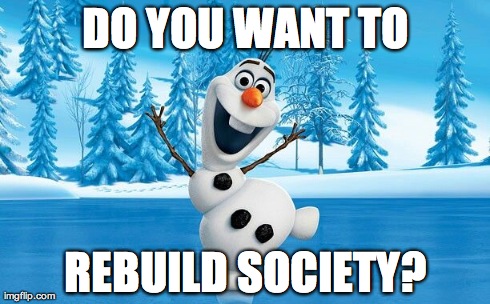
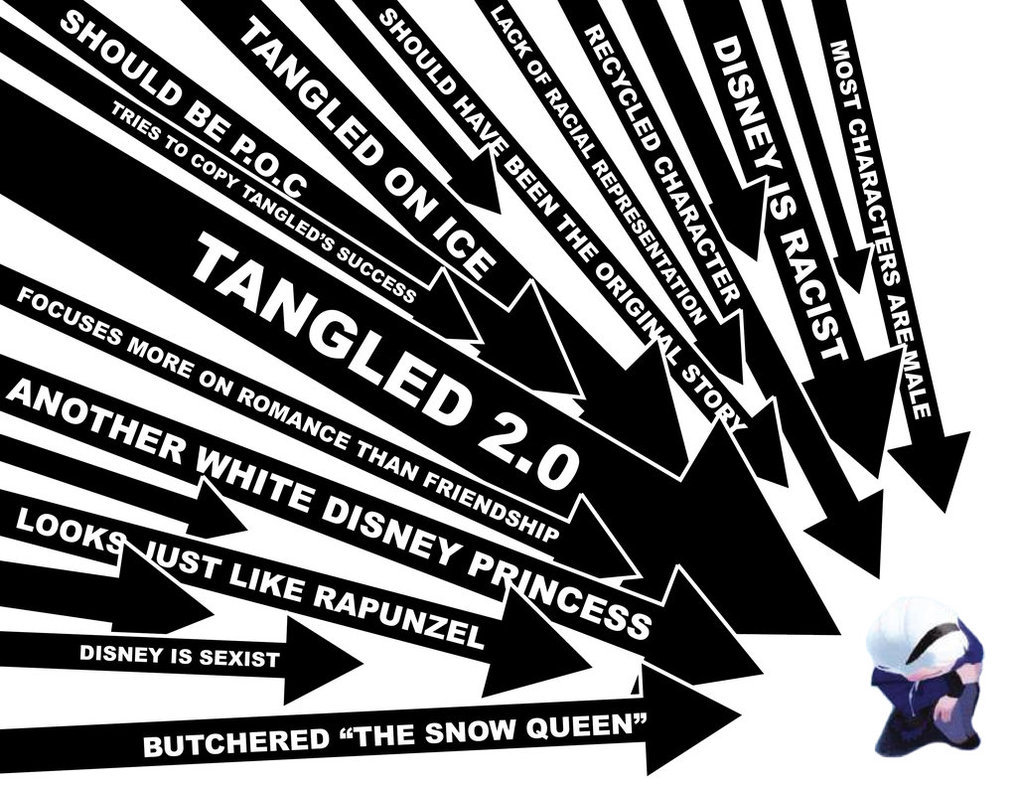 Watching Frozen ten bazillion times in the last two weeks has helped me learn all the lyrics by heart, and also aided me in analyzing what messages we send into the world for children these days. Frozen in many ways forms one of the most progressive Disney movies so far in terms of the number of messages of misogyny and heteronormativity, guised under the glitter of snow queens and princes (overlooking all the issues with race and class it still has).
Watching Frozen ten bazillion times in the last two weeks has helped me learn all the lyrics by heart, and also aided me in analyzing what messages we send into the world for children these days. Frozen in many ways forms one of the most progressive Disney movies so far in terms of the number of messages of misogyny and heteronormativity, guised under the glitter of snow queens and princes (overlooking all the issues with race and class it still has).